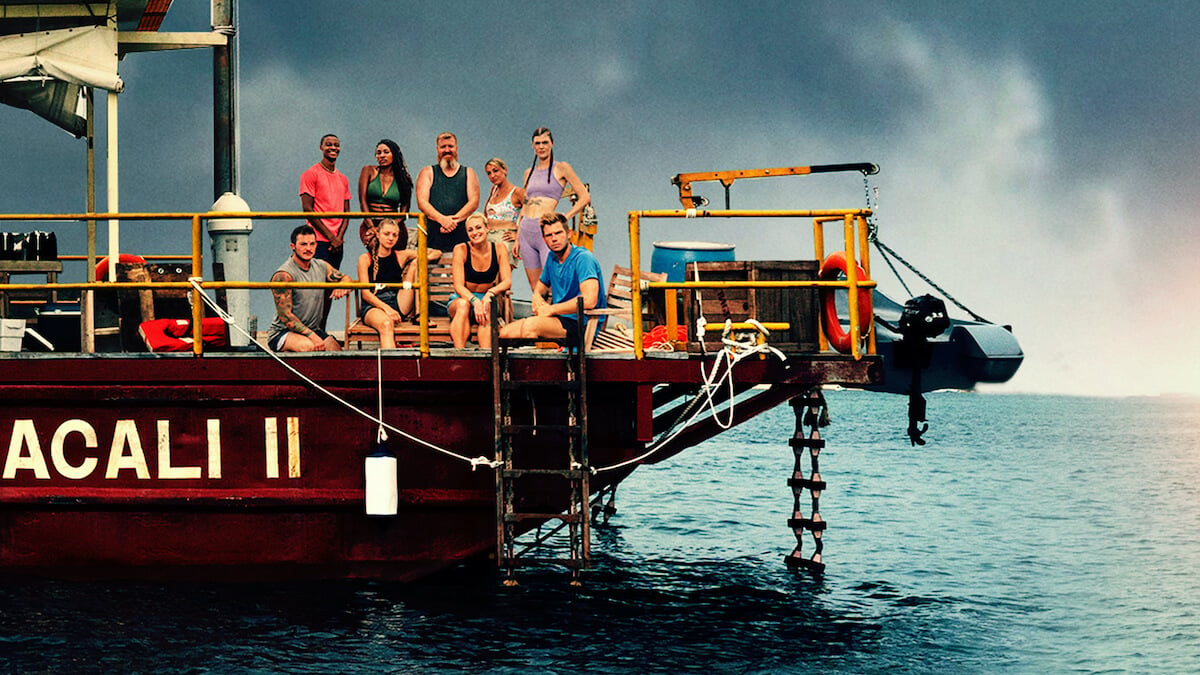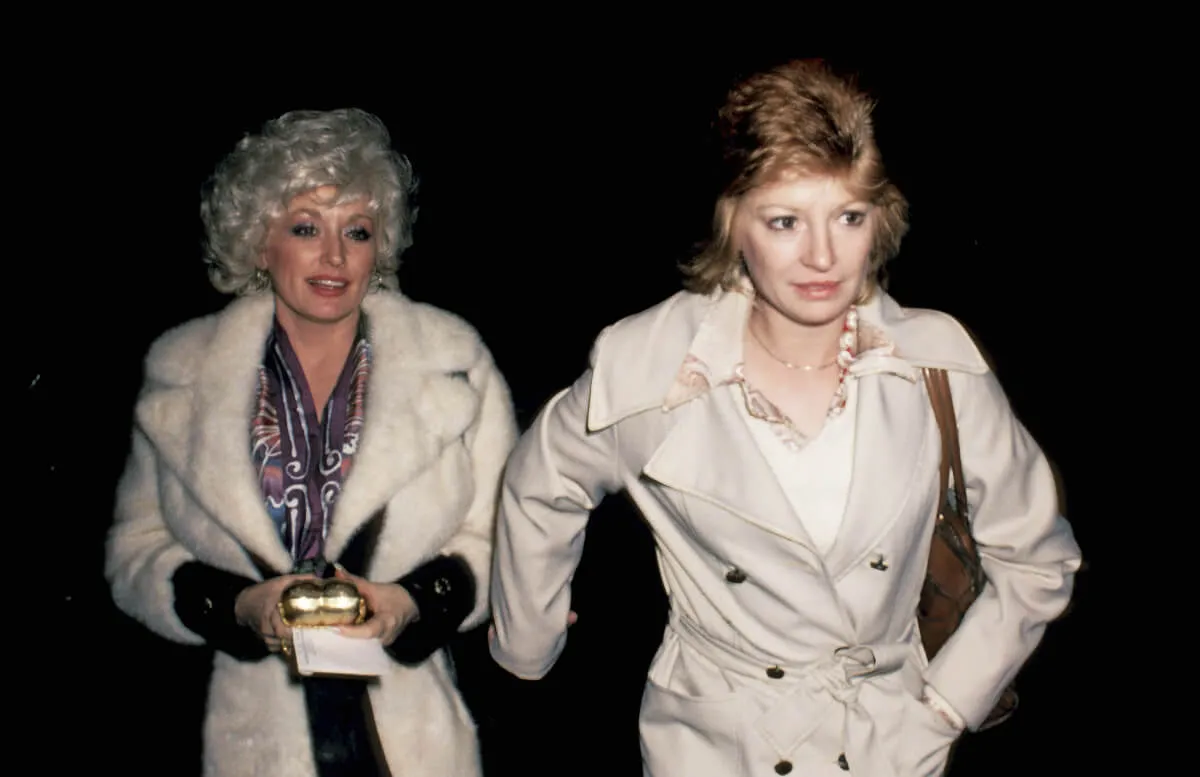
‘Survive the Raft’ Is Inspired By a Wild Social Experiment From the 1970s
It sounds like the pitch for a reality show – or a horror film. What happens when you put a group of attractive single adults together on a boat and cast them adrift in the Atlantic Ocean? But it actually describes anthropologist Santiago Genovés’ controversial, headline-generating social experiment. Genovés wanted to study the relationship between sex, violence, and the competition for limited resources. His bold attempt to study human behavior in a unique environment didn’t pan out the way he expected. But it did go on to inspire the new Discovery series Survive the Raft.
The crazy experiment that inspired ‘Survive the Raft’
Survive the Raft brings together nine diverse Americans who are challenged to spend the next 21 days sailing around Panama’s Pearl Islands. The cast members include a beauty pageant queen turned outspoken vegan, a self-described Karen, and a Black rabbi, among others. To survive – and win the show’s grand prize – they’ll have to work together. But their differences threaten to tear them apart.
The first episode of Survive the Raft describes the 1973 trip that inspired the show. Genovés’ goal was to see if the 11 people on board the Acali could “set aside their differences and work together for the common good.”
“Unfortunately, the answer was a definitive ‘no,’” says Survive the Raft host Nate Boyer. “The trip descended into conflict, chaos, and near-mutiny.” At the time, the media dubbed it “the sex raft.”
What really happened on the notorious ‘sex raft’
According to Survive the Raft, the passengers on the Acali turned on each other once they were at sea. But that simplifies what actually happened during Genovés’ experiment, which he hoped would help further the cause of world peace.
The Mexican anthropologist deliberately created circumstances on board the Acali designed to spark conflicts. He and the 10 other passengers had minimal to no privacy when it came to sleeping and using the bathroom, according to a 2019 report in The Guardian. He also selected a woman as captain because he wanted to see how men would react when they were not in charge.
The trip was dangerous. The Acali had no engines, which meant everyone involved would be even more at the mercy of the sea. But when the female captain, Maria Björnstam, tried to steer the raft into port to avoid an oncoming hurricane, Genovés overthrew her command. The 10 people he’d recruited to study eventually turned on him and reinstated Björnstam. One hundred and one days after it set out, the Acali arrived in Mexico.
Genovés hoped that the trip would descend into chaos. He was disappointed that the group decided to work together rather than turn to violence. In fact, the only time things threatened to turn violent was when the rest of the passengers grew so upset with his autocratic behavior that they considered killing him.
According to one participant, the scientist was so focused on creating conflict that he failed to see what he’d really achieved.
“We became such a close-knit tribe,” Fé Seymour says in The Raft, a 2019 documentary about the experiment (via The Daily Beast). “I think Santiago’s experiment was a huge success — but he missed it.”
Marcus Lindeen, who directed The Raft, says Genovés may have missed his true calling by being born at the wrong time.
“I suspect that if Santiago were alive today, he would be working in reality TV,” he told The Guardian.
Survive the Raft airs Sundays at 9 p.m. ET on Discovery. The Raft is available to stream on Kanopy and for purchase on Apple TV and Prime Video.
For more on the entertainment world and exclusive interviews, subscribe to Showbiz Cheat Sheet’s YouTube channel.


